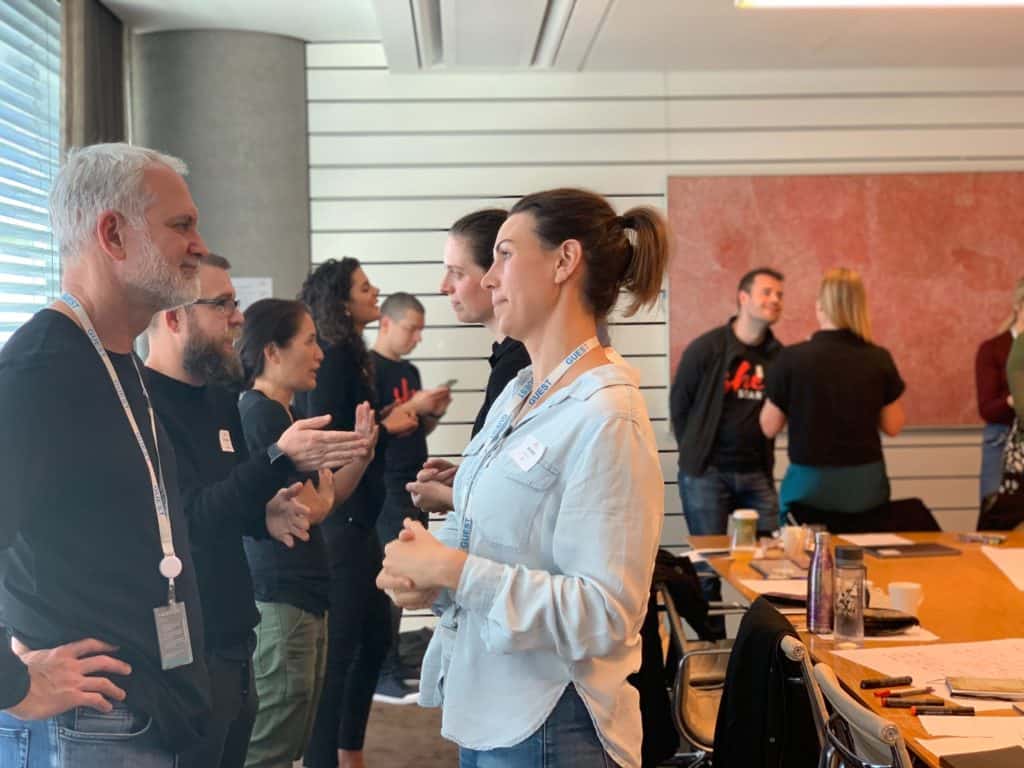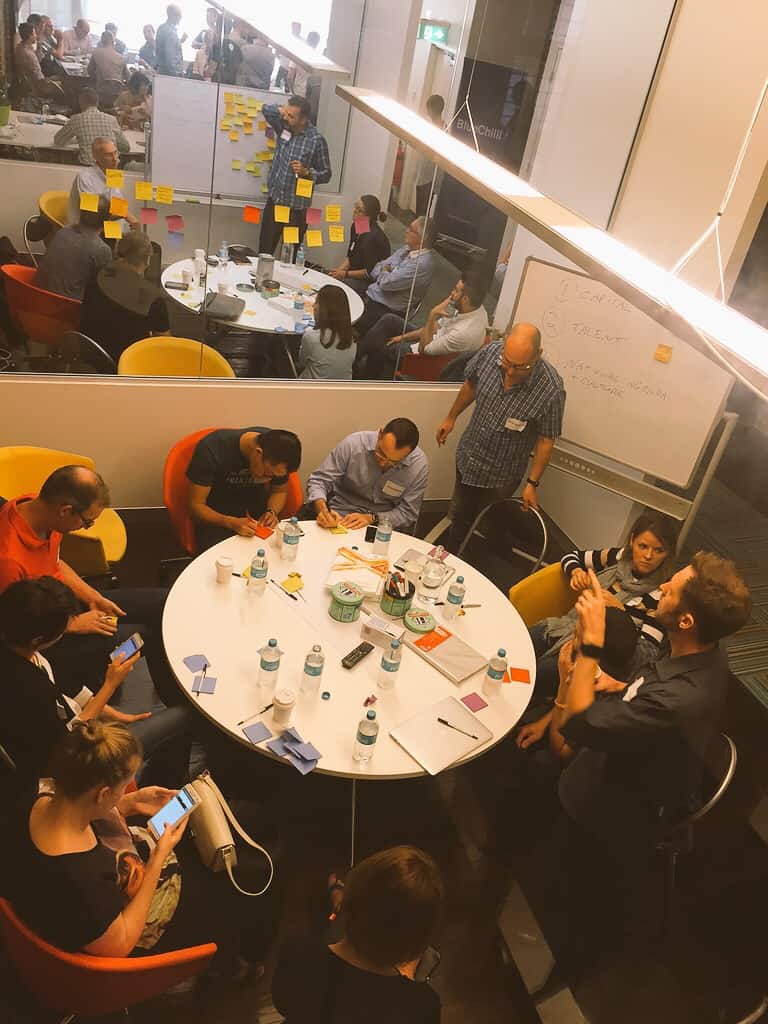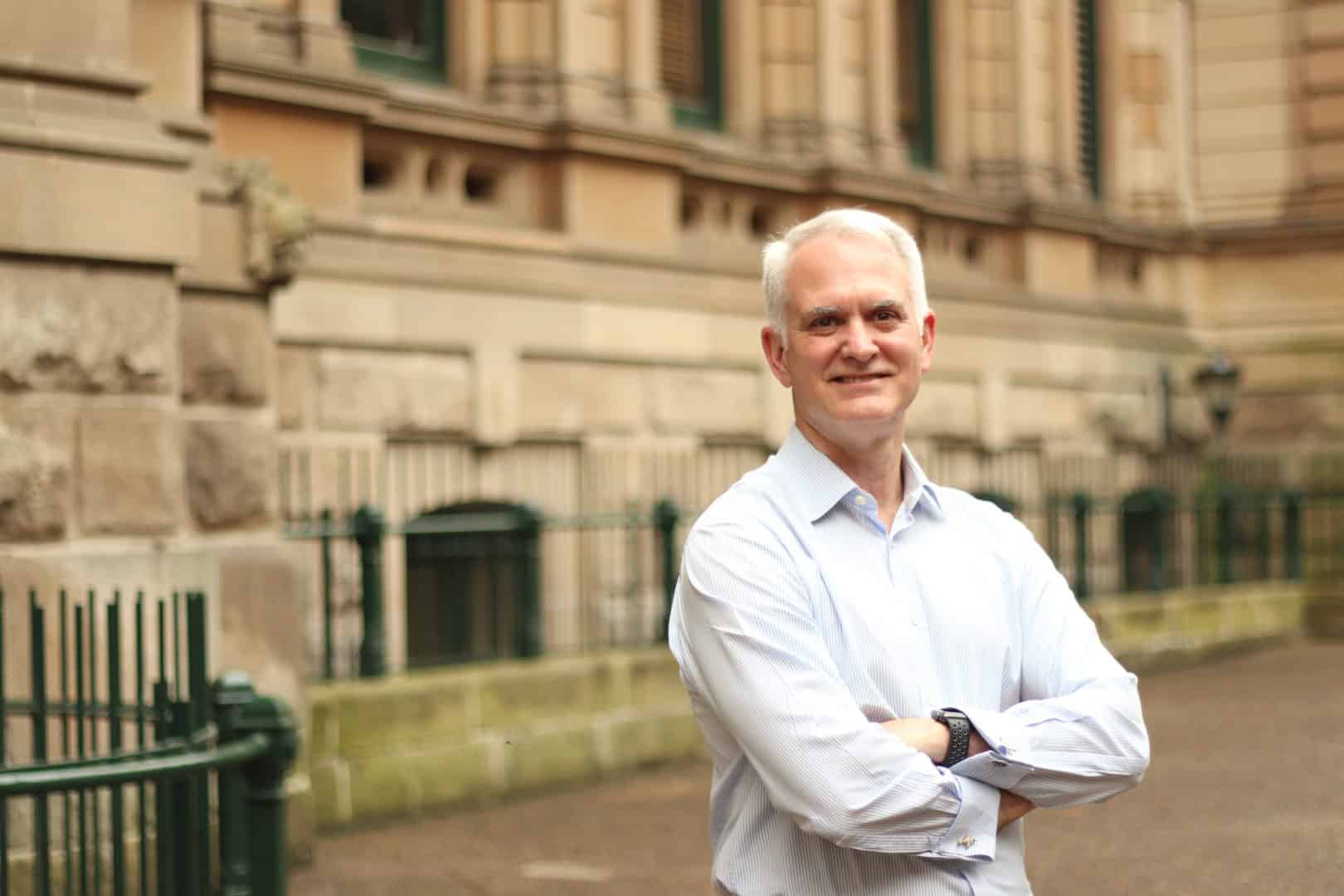Venture Capital and impactful businesses would have been an unheard-of mix a few years ago. But thanks to innovators like the Australian accelerator BlueChilli, what were once oil and water, are now a good fit.
Luther Poier was initially in the Royal Canadian Navy and then poached by the Australian one, where he met Sebastien Eckersley-Maslin, an engineer. Seb had a couple of startups, but what he loved was building companies, and he approached Luther with the idea of helping fund an accelerator after they were both out of the Royal Australian Navy.
BlueChilli has become Australia’s largest accelerator. They have now helped 150 companies, helping raise over $160m. Sebastien isn’t involved on an everyday basis in BlueChilli these days, but I was delighted to catch up with Luther, both the MD and Head of Venture Capital.
The Australian Venture Capital Market
In Australia, VC capital is quite regulated and needs to be done either through a VC Ltd partnership or an early-stage VC investment fund. Investments are five years invested, then five years divested. There is a possible waiver for a further five years, but that is average. BlueChilli started with a small fund of 10m. but have gone on to be one of the best performing funds in Australia working alongside its accelerator.
BlueChilli was founded with a mission to help entrepreneurs build and scale impactful startups to solve the bigger of our world’s problems. Luther believes that every business has a social impact, just some are negative, and some are positive. He cites Rio Tinto, the Australian mining company’s negative effect when they infamously destroyed early Aboriginal caves in the Juukan Gorge as part of an iron ore exploration project.
How BlueChilli’s accelerator works
They saw two of the biggest startup problems are lack of tech and lack of team. Founders had great ideas but not the ability to turn them into a product.
Conventionally, accelerators matched tech entrepreneurs to business skills. BlueChilli disrupted the market, taking business people with ideas and giving them tech teams to develop solutions.
They provided startups with an initial investment and engineering teams to help build an MVP (minimum viable product) in return for a slice of equity.
Luther says to people at the start of their accelerator program – “now is your chance to leave.” He warns them that “it is going to be crap, really, really tough.”
It is a very capital-intensive process throwing a team of people at each of the accelerators’ companies. They usually give them five. Sometimes, one of their people chooses to leave and go with the young company at the end. While they don’t like losing good people, on the other hand, Luther can see the plus side given their commercial model is that they take equity in the companies.
SheStarts, one arm of BlueChilli, is an accelerator for female founders. By bringing in the tech skills for non-tech female founders, it opens up enormous possibilities for women and encourages diversity. It was the first venture-backed accelerator program for women-led startups in Australia. They have also focussed on health tech now in combination with their partners in Asia.
Unlike other accelerators, they don’t bring in outside mentors, believing it is often a waste of time. Luther hears continually of Fintechs, who have been given some big banking mentor, who spends 90% of their time together talking about his skiing and his wine collection! They also don’t understand starts ups. They don’t know what it is like to be only three of you and worried you aren’t going to make the payroll the next day.

The Move to ScaleUps
Over time, the BlueChilli Venture Fund has allocated all its original capital to Australian startups. COVID also has had a big impact. They had expanded to having a Singapore office, and that had to close. Early-stage startups shrunk at the start of COVID, but many of the more progressed businesses were more ready to take advantage of programs where partners were willing to sponsor. So acting running programs for scale-ups was a logical move.
At this scale up stage, the risk problem is more around traction, so they get their early ventures into bed with corporates, again, the exact opposite of usual accelerator formats. The corporates don’t provide investment, being too risk-averse, but do offer pilot schemes.
Other risks surrounding scaling are about succession, sales, pricing, and hiring. The companies usually, though not always, have their product-market fit by then. Typically, they will have had one investor who selected them because of the idea or the founder. They now need to get ready for the due diligence process that comes with larger-scale investment.
Their companies spend around six months in the accelerator preparing for a product showcase to pitch to an invite-only reception. BlueChilli doesn’t do continual mixer or pitch nights.
Their scale-up arm is the Future Minds Accelerator, where they look for EdTech companies who will help prepare the younger generation for work in Australia’s future.

Military Principles BlueChilli apply
From their military background, both Sebastien and Luther were very aware of the risk factors and saw risks as something that had to be lived with rather than taken away altogether. Giving their startups tech teams to work with, within the accelerator, took out the two most significant, team and tech.
In Israel and the US, many of the startups come from the military. Luther says the military and startups are very similar, especially with the army, which he was also in for a while. Everyone thinks of the military as hierarchical, but it is the lowest levels, small teams, that execute in the field.
They have ways of building operational orders in the army; If you have a squad of 10 people, you have to develop a plan with a shared objective. It is essentially the same structure for startups. Both have to prepare for chaos because no play ever survives the first contact with the enemy.
Luther then explains the principles of OODA to me; observe, orient, decide and act. Done right, these work in a loop because once you act, everything has changed, and you need to observe again. The goal is to OODA faster than the competition, and then you are more successful.
Disruptive startups are ones that OODA faster and win more battles. OODA originated from the military and was developed in the Korean War, where initially the US was losing badly. NATO now uses it.
Military people often take those same principles into commerce. They also never give up, and as founders, they are entirely focused on the mission. Founders who are self-focussed can blow a company up. They can have all the charisma in the world, but self-centered behaviour doesn’t usually create sustainable companies.
Additionally, military teams are always mission-focused, and the mission comes first. They take out all ego. Leaders have to take ownership of their decisions. And it is mission, not team first. No-one is above the mission.
Luther on selecting companies to work with
What separates BlueChilli from other accelerators is their strict research-based criteria on whom they work with. Non-coding founders tend to be much more successful. Age is critical with thirty and forty year olds optimal as they should have about 15-20 years of business experience behind them. They will be able to sell by then but simply have a problem with tech. Under 30 founders, Luther says, nearly always fail.
Luther believes that coding is simply a commodity and one that machines will replace in a few years in any case. To him, it is pointless teaching kids to code. He would prefer to see them learn symbolic language, Latin, philosophy and creativity.
Teams nearly always fail too. When he first meets teams applying for the accelerator, Luther asks them who makes the decisions and waits for the standard answer that they collaborate. He then knows they will fail. It should be one or two people maximum. Interestingly, the partnerships that succeed are the husband and wife ones in their 40’s. They have been through the storming, norming stages, nailed collaboration and communication, and know which one makes the decisions.
Luther finds founders fascinating. They are always looking for the next new thing.
Luther on investors
Luther has a very specific criteria for investors too. Firstly, they have to have the capacity. This is a simple maths thing around strategic asset allocation. Investors tend to have around 10% held in a mix of hedge funds, private equity, and VC capital. That means even out of $10m, very little is left for early-stage investment. Also, professional advisors discourage moving away from these ratios as they receive no fees on direct investments. Luther, therefore, looks for people with a $50m overall capacity of investment.
Next, their allocations have not to be full. Luther avoids people who stick to specific markets as it would almost always be a waste of time. He doesn’t want people who just want to come and drink wine at a pitch night.
He also tells the founders to put all their focus onto the business. He knows of one founder who continually pitches and wins, but it is all smoke and mirrors.
The startup world in Oz is small. It is a hard place for startups. Canada is better with access to the US market or even the UK when it had access to the EU. People talk of Australia aligning with Asia, but they are the ugly princess at the dance in reality. Australian investors worry about investing offshore, and offshore companies have a history of failing when they try to go offshore. Early profits should go to the company, not dividends – in Australia, that is held back by investors, the size of the market, good wine, and great weather.
You might also be interested in an interview with Alyson Friedensohn who went through the Y Combinator in California


